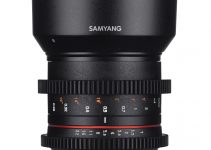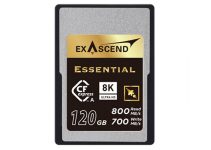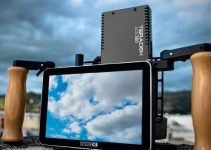Raw video is almost commonplace nowadays. You can literally start shooting raw with cameras that only cost a couple thousand dollars and save it to off-the-shelf media. Plenty of other cameras can output raw over standard HDMI connections. Plus, compressed options are growing which means that it doesn’t even have as many major disadvantages versus more conventional formats.
Still, ProRes is among the standards for good reason. It produces images of very high quality and that are easy on your computer for editing. So is it worth shooting in raw over ProRes? Can you tell the difference? Check out this video from Stronz Vanderploeg to see for yourself.
Stronz has been shooting ProRes forever. It’s easy and it’s good. Now he has Blackmagic RAW as an option and has begun testing it our to see if there is a major difference between raw and ProRes. He also wanted to check out workflow differences and how it might impact him there since raw isn’t always known for being the easiest to work with.
Shooting some quick clips with his family to get some good footage with skin tones in controlled lighting we can see a fair comparison between the formats.
Note – Stronz is using Premiere Pro and it is possible that Blackmagic RAW could perform better in Resolve. On his machine there are no playback issues, so it isn’t really a concern here.
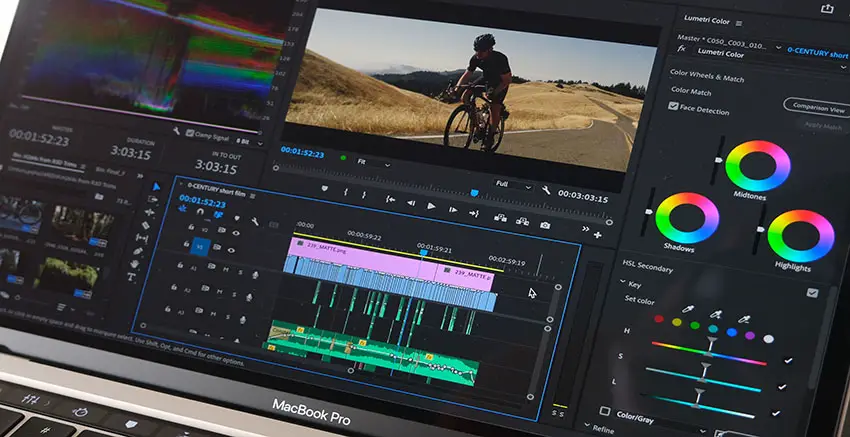
Image Credit: Adobe
The formats on display are Blackmagic RAW at 3:1 and 12:1, ProRes Proxy, and ProRes XQ. He did throw a LUT on the footage to get it looking okay.
Right off the initial footage in Premiere it is hard to find any big differences on this YouTube video. Even the difference between XQ and Proxy isn’t that noticeable and they have huge differences. Granted, this is a screen capture in Premiere on a YouTube video but most people are going to upload to highly compressed sites for final viewing.
If you properly record your footage and don’t push the color too far in post, you likely won’t see much of a difference. You might also see a difference if you have a shot with a lot of detail. You will want higher data rates for detailed images like landscapes with deep depth of field while a portrait with a blurry background might not benefit from a heavier file.
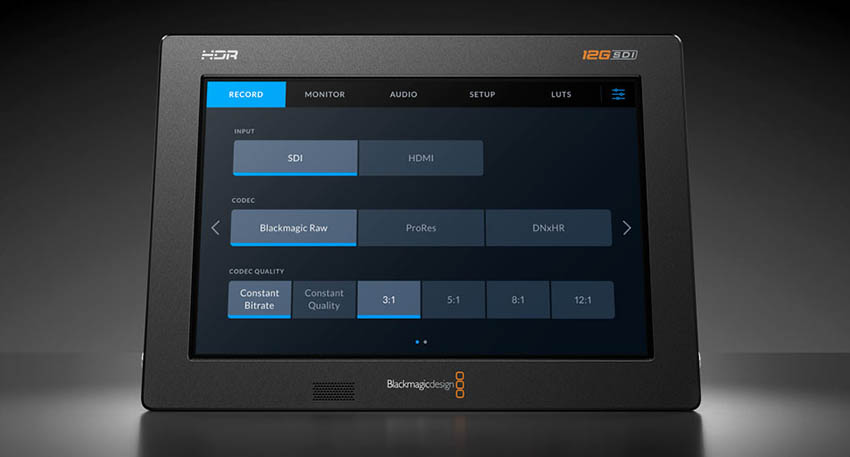
Image Credit: Blackmagic Design
Another consideration is budgeting and workflow. Recording raw because you can will take up more space then a more conservative ProRes file. This adds up over time to mean more hard drives and cost and then time spent working on it.
Raw does have benefits in post as you can control things like white balance and make more adjustments to color and exposure without breaking the footage. Depending on your shooting situation this extra flexibility could be a lifesaver.
The short of it is that if you know what you need – and shoot to your own personal needs and budget—you will be totally fine with compressed options. You don’t need to shoot raw.
[source: Stronz Vanderploeg]
Order Links:
Disclaimer: As an Amazon Associate partner and participant in B&H and Adorama Affiliate programmes, we earn a small comission from each purchase made through the affiliate links listed above at no additional cost to you.
Claim your copy of DAVINCI RESOLVE - SIMPLIFIED COURSE with 50% off! Get Instant Access!



